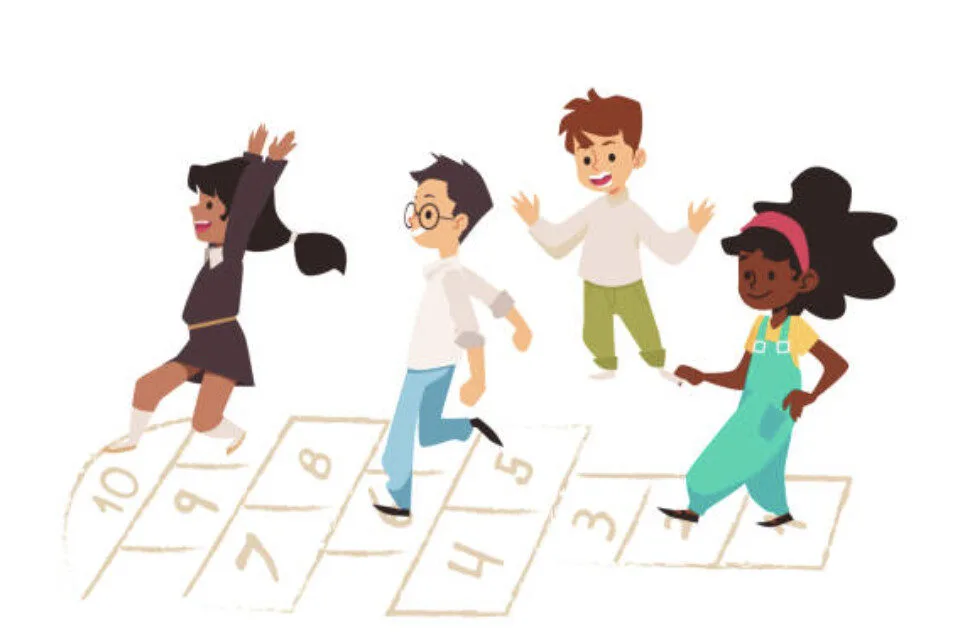BY: Beanie Geoghegan
In recent years, there has been a significant focus on the mental health of young people, accompanied by substantial financial investment in Social Emotional Learning (SEL) programs designed to support the mental well-being of students. According to a 2017 report, schools are estimated to have spent between $21 billion and $47 billion annually on SEL. That number grew exponentially during and after COVID school closures. While these programs may have been adopted with good intentions, they have not proven to be effective, and research suggests that they may be causing harm. In addition to the lack of evidence supporting the use of SEL, these programs place an added burden on teachers who are overburdened and on school budgets that are already stretched thin.
We believe that there is a better way to improve the mental well-being of students, and the best part is that our solution doesn’t place any additional work on teachers, nor does it burden school budgets. We propose that schools adopt Outdoor Unstructured Recess (OUR) instead of SEL. Giving students daily time outdoors to interact with their peers, engage in physical activity that isn’t organized or directed by an adult, and learn organic conflict resolution would do wonders to boost their mental and physical well-being. The fresh air and pause from instruction time would likely be a welcome respite for teachers as well.
A recent study conducted by Heather Macpherson Parrott and Lynn E. Cohen highlights the benefits of unstructured play that spill over into the classroom. One teacher involved in the study commented that, “For most students, they’re able to focus more during the day because they know a play break is coming, and they can save their socializing and their energy for that time. They look forward to it, and they physically need it.”
Outdoor, unstructured recess does more than improve physical health and focus. Another teacher who participated in the study noticed the social benefits it provided. She stated, “I think for my kids, it teaches them how to play for once; they really don’t know how to socialize, how to play. I think it offers many opportunities for them to solve problems, without me telling them what they should be doing, when they have the time to figure it out themselves.”
When it comes to mental health, research suggests that physical activity is the best medicine. In an article in Harvard Health Publishing, John J. Ratey, MD, states that, “Engaging in exercise diverts you from the very thing you are anxious about. Moving your body decreases muscle tension, lowering the body’s contribution to feeling anxious. Getting your heart rate up changes brain chemistry, increasing the availability of important anti-anxiety neurochemicals. And, Exercising regularly builds up resources that bolster resilience against stormy emotions.”
Anyone familiar with SEL will recognize the similarities. The difference is that OUR is entirely free, requires no preparation on the part of the teacher, and students will actually look forward to it. This would be a common-sense move for schools and a welcome switch for students. On those busy days when teachers may forget to schedule this time in, students will likely remind them that they need OUR time before getting back to work. They will have research on their side that shows a connection between physical activity and improved focus and attention.
In conclusion, it’s time to reconsider the expectations that teachers should act as therapists, and students should be forced to spend their entire day seated and indoors. Schools must eliminate SEL and restore OUR time for elementary and middle school students. The funds designated for SEL can be used to purchase simple, inexpensive playground equipment, which would be a more worthwhile investment.

